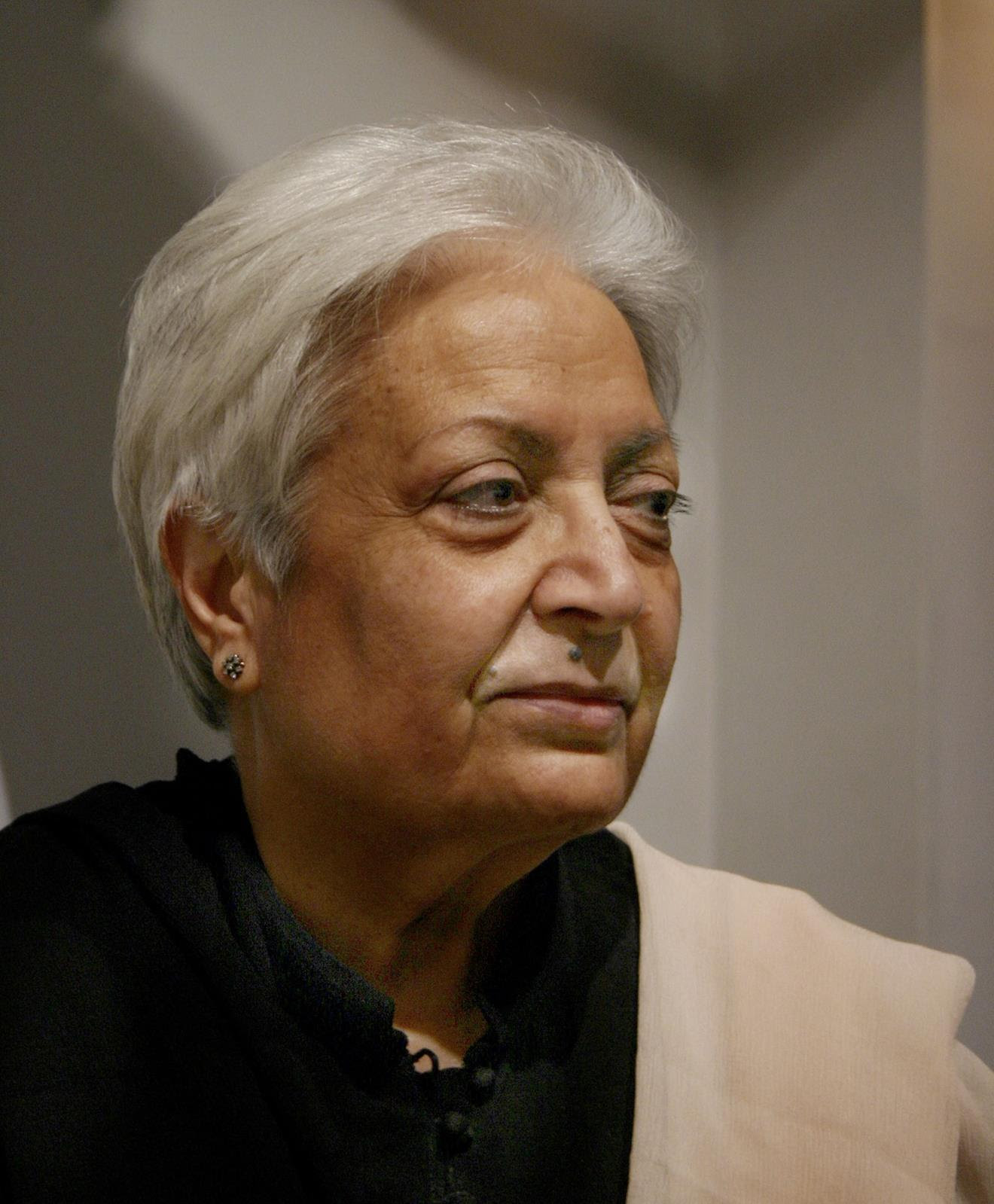Obituary: Zarina Hashmi, 1937–2020
By HG Masters

Portrait of ZARINA HASHMI by Ram Rahman. Courtesy Luhring Augustine, New York.
Zarina Hashmi, one of India’s most celebrated artists of the post-independence era, died in London on April 25 after a long illness. A printmaker, sculptor, and poet, Zarina was deeply influenced by her family’s history as well as her own peripatetic life, during which she lived in numerous cities including Bangkok, Delhi, Bonn, Los Angeles, Tokyo, New York, and ultimately with her family members in London. Five of these locations became the subject of a series of woodblock prints, Cities I Called Home (2010). “I do not feel at home anywhere, but the idea of home follows me wherever I go,” she later remarked.
Zarina was one of four artists to represent India in the country’s first pavilion at the 54th Venice Biennale in 2011. The following year, her retrospective exhibition “Zarina: Paper Like Skin” opened at the Hammer Museum in Los Angeles, before traveling to the Solomon R. Guggenheim Museum in New York and the Art Institute of Chicago in 2013. Her works have been collected by many leading museums in the United States, including the Hammer Museum; the San Francisco Museum of Modern Art; the Whitney Museum of American Art, New York; the Solomon R. Guggenheim Museum; The Metropolitan Museum of Art, New York; Museum of Modern Art, New York; and The Menil Collection, Houston. Her works have also been collected by London's Tate Modern and the Victoria and Albert Museum.
The youngest of four children, Zarina was born in pre-Partition India in 1937, in Aligarh, where her father was a professor of history at Aligarh Muslim University. The family’s house and her mother’s garden later inspired many of her works and prints. She received a degree in mathematics and went on to study printmaking in Bangkok, in Paris with Stanley William Hayter at the art school Atelier 17, and in Tokyo with Toshi Yoshida. In 1958, she married Saad Hashmi who worked in the foreign service, a job which took the couple to Bangkok, Bonn, and Paris. Zarina returned to India in 1968 and lived by herself in Delhi from 1968 to 1974, after which she went to Tokyo and eventually to New York. While on a posting in New York, Saad died unexpectedly in 1977 during a trip to Delhi. Zarina decided to stay in New York where she became an active figure in feminist art circles and subsequently lived for nearly four decades. She was part of the editorial collective that produced Heresies: A Feminist Publication on Art and Politics, and her works were featured in Issue 8 on "Third World Women: the politics of being other." In 1978 she participated in two New York group exhibitions of contemporary Indian artists, at the New India House and at the Alternative Center for International Art. From there onwards her work has been included in hundreds of international exhibitions.
Her works are known for their minimal, serial forms, and abstract references to her own life, often spelled out in Urdu phrases. One of her most iconic works, Dividing Line (2001), is a woodblock print of a jagged line, which like a lightning bolt cuts across the page. Her own family was divided by the 1947 Partition, and for a few years relocated to Lahore, before returning to India. Her sister Rani, to whom she was very close, married a descendant of a Sufi saint and lived in Karachi, where Zarina made annual visits. Zarina’s storied life, fiercely independent personality, and poignantly austere works attracted numerous admirers in artistic communities across South Asia and around the world. "Memory is the only lasting possession we have," she wrote at the beginning of her 2018 memoir Directions to My House.
HG Masters is the deputy editor and deputy publisher of ArtAsiaPacific.
To read more of ArtAsiaPacific’s articles, visit our Digital Library.






